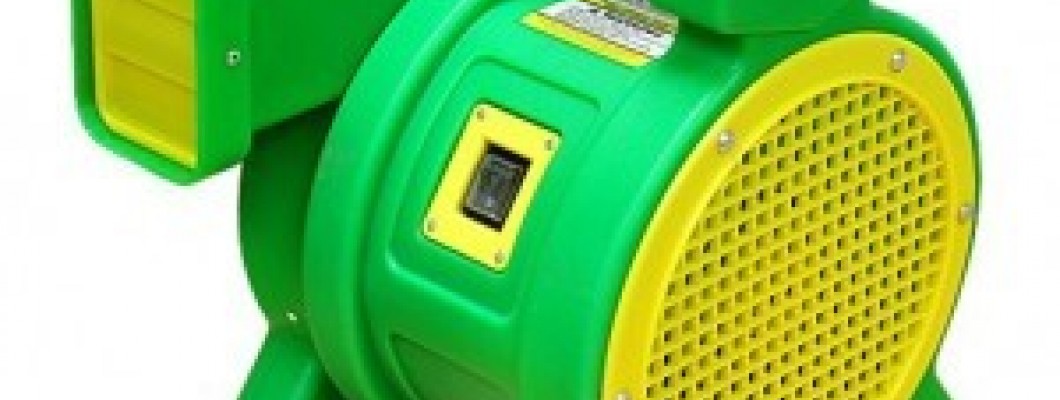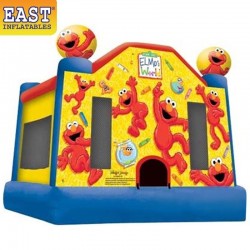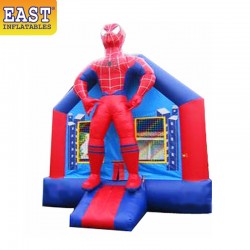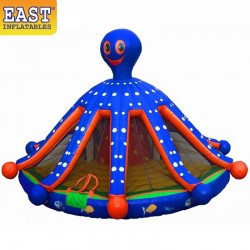
Inflatable blowers are essential for keeping structures like bounce houses and slides fully inflated, but they also require careful handling to ensure safety and efficiency. Here are some important precautions to take when using inflatable blowers:
1. Proper Placement
Ensure the blower is placed on a flat, stable surface that is free from debris. The area around the blower should be clear of obstacles to allow for unobstructed airflow. Placing the blower on an uneven surface can cause it to tip over or vibrate excessively, potentially leading to malfunctions.
2. Secure Connection
Check that the inflation tube is securely attached to the blower. Use the provided straps or ties to fasten the tube tightly, preventing any air leaks. Loose connections can result in under-inflation or air escaping, which can compromise the stability of the inflatable.
3. Electrical Safety
Always use a properly grounded outlet to power the blower. Avoid using extension cords, especially in wet conditions, as they can increase the risk of electrical shock or fire. If an extension cord is necessary, ensure it is rated for outdoor use and is of sufficient gauge to handle the blower's power requirements.
4. Keep Blowers Dry
Blowers should never be used in wet conditions or placed near water. Moisture can cause electrical short circuits, which can be dangerous. If rain or water is a possibility, cover the blower with a waterproof covering while ensuring that the air intake remains unobstructed.
5. Monitor Air Intake
Ensure that the blower’s air intake remains clear of any obstructions, such as leaves, dirt, or fabric. Blockages can reduce the blower’s efficiency and cause the inflatable to lose air, leading to under-inflation and increased wear on the blower.
6. Regular Maintenance
Perform regular inspections of the blower to check for signs of wear, such as frayed cords, loose connections, or unusual noises. Clean the air intake and filters regularly to maintain optimal airflow and prevent overheating. If any issues are detected, address them immediately to prevent further damage or hazards.
7. Avoid Overheating
Blowers can overheat if used continuously for extended periods. To prevent this, avoid running the blower for more time than recommended by the manufacturer. If the blower becomes excessively hot to the touch, turn it off and allow it to cool down before resuming use.
8. Proper Shutdown
When shutting down the inflatable, turn off the blower before disconnecting it from the power source. Allow the inflatable to fully deflate before moving the blower or packing it away. This ensures that the blower is not damaged and is safely stored for future use.
Conclusion
Taking these precautions with inflatable blowers helps ensure the safety and durability of both the blower and the inflatable structure. By following these guidelines, you can reduce the risk of accidents, extend the life of your equipment, and provide a safer environment for users.




Leave a Comment